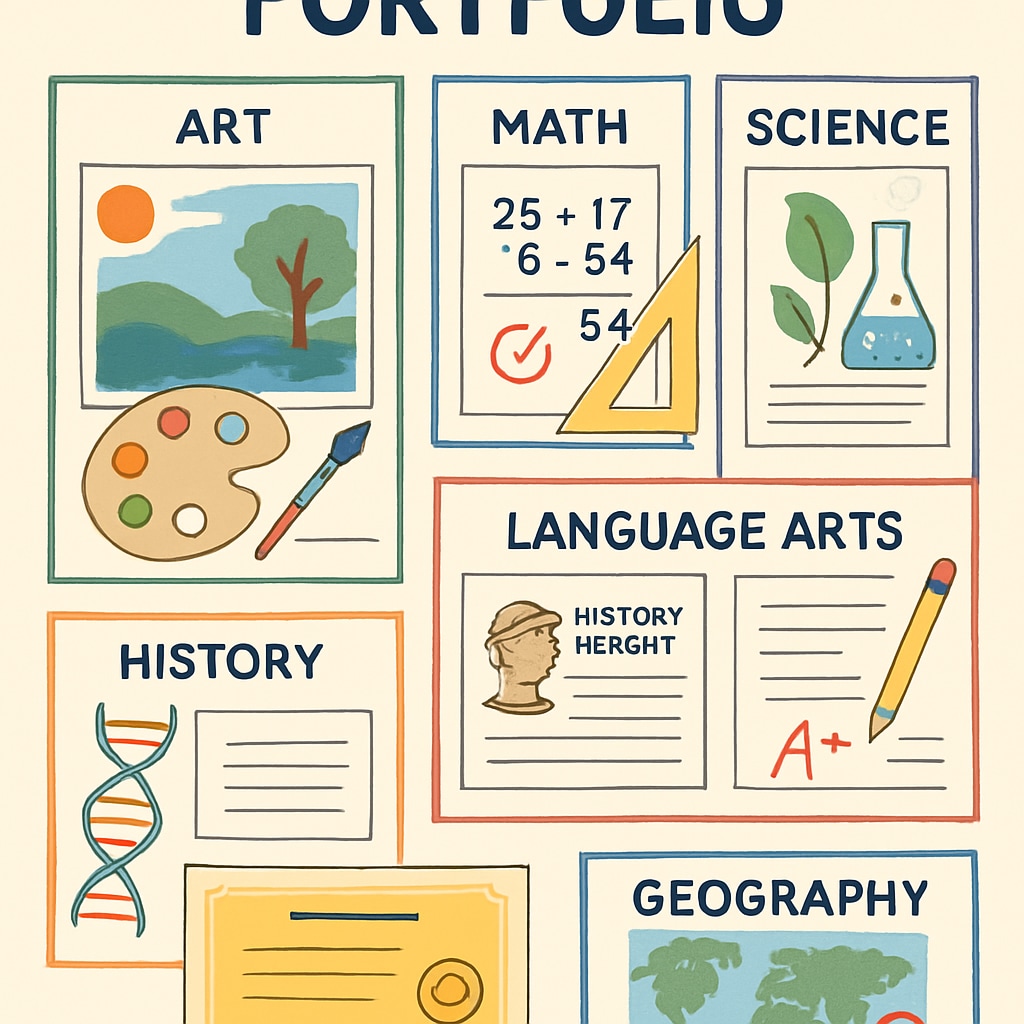In K12 education, traditional score-based assessment metrics dominate the evaluation process. While these systems provide a standardized way to measure student performance, they often fail to capture the full scope of learning outcomes, educational progress, and personal development. This article investigates the limitations of these metrics and proposes alternative approaches to create more inclusive and effective assessment systems.
Why Traditional Score-Based Metrics Fall Short
Score-based evaluations focus primarily on academic achievement quantified through exams, tests, and standardized assessments. However, this narrow perspective overlooks critical dimensions of student growth, such as creativity, emotional intelligence, communication skills, and problem-solving abilities. As a result, students who excel in non-academic areas may be undervalued, leading to an incomplete representation of their capabilities.
Moreover, reliance on scores often places undue stress on students, fostering a competitive environment that prioritizes rote memorization over meaningful learning. This approach can discourage intrinsic motivation and curiosity, which are vital for lifelong learning.

Exploring Alternative Assessment Methods
To address the shortcomings of traditional metrics, educators and policymakers are advocating for a shift towards holistic evaluation systems. These systems incorporate multiple indicators, such as:
- Project-based assessments that emphasize creativity and problem-solving.
- Peer and self-evaluation methods to encourage reflection and collaboration.
- Portfolio-based assessments showcasing a student’s work over time.
- Behavioral and emotional intelligence tracking to understand interpersonal skills.
These methods provide a more comprehensive view of student progress, ensuring that diverse talents and learning styles are recognized and valued.

Benefits of Holistic Education Indicators
Adopting alternative metrics offers several advantages:
- Fair Representation: Students with different strengths can demonstrate their abilities beyond test scores.
- Reduced Stress: A multifaceted approach alleviates pressure by emphasizing continuous growth over isolated performance metrics.
- Improved Engagement: Holistic assessments encourage students to explore their interests and develop critical thinking skills.
- Preparation for Real Life: By focusing on skills like collaboration and adaptability, students are better equipped for future challenges.
For example, Finland’s education system—which emphasizes formative assessments and student well-being—has gained global recognition for its balanced approach to learning (Education in Finland on Wikipedia).
Challenges in Implementing Holistic Systems
Despite their promise, holistic assessment systems face practical challenges. These include the need for teacher training, increased time investment, and the development of standardized frameworks for non-academic evaluations. Additionally, transitioning from traditional metrics requires shifts in administrative priorities and cultural attitudes toward education.
However, evidence from successful implementations, such as the International Baccalaureate (IB) program, demonstrates that these challenges can be overcome with strategic planning and stakeholder collaboration (International Baccalaureate on Britannica).
As educators, parents, and policymakers work together to redefine success in education, the move toward holistic indicators represents a critical step toward creating inclusive and equitable systems. By prioritizing diverse learning outcomes, we can ensure that every student has the opportunity to thrive—not just academically but also socially, emotionally, and creatively.
Readability guidance: This article uses short paragraphs, lists, and clear headings to enhance readability. Key points are summarized to maintain focus, while transitions help connect ideas seamlessly. Images are placed strategically to complement the text.


